Sherman Alexie on Writing ‘Thunder Boy Jr.’ for Brown Kids and Growing Into His Own Name
In his latest work, an illustrated children’s book, the acclaimed writer tackles new territory, drawing from his relationship to his name, his father and his tribal roots.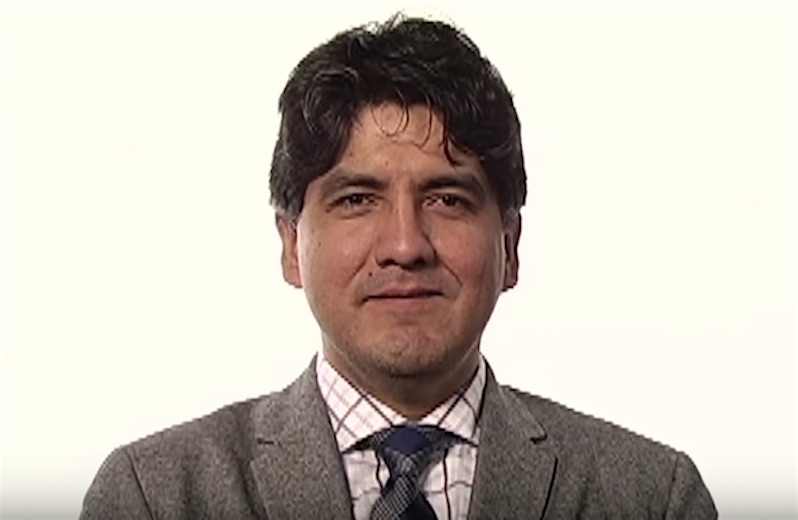 YouTube
YouTube
Poet, playwright and novelist Sherman Alexie has tackled a new genre: the picture book. In “Thunder Boy Jr.,” illustrated by Yuyi Morales, Alexie tells the story of a little boy in the midst of an identity crisis, wanting his own name instead of the same one as his father.
“I want a name that sounds like me,” Thunder Boy says in the book. “I want a name that celebrates something cool I’ve done … I like to go to garage sales with my mom, so maybe my name should be Old Toys Are Awesome.”
Alexie, a “junior” himself, got the idea at his father’s funeral when the coffin was lowered into the grave and he saw his own name on the tombstone.
Alexie’s books include “Reservation Blues,” “Indian Killer” and “War Dances.” In his National Book Award-winning novel “The Absolutely True Diary of a Part-Time Indian,” he wrote about a teenager going through something similar as he had: leaving the school at the Spokane Indian reservation in Washington state where he grew up to attend the much better all-white high school 22 miles away. His hero in that book, Arnold Spirit Jr., was also struggling to separate from his family and his tribe. With this new picture book, Alexie wanted to look again at issues of identity and family, but for an audience of little kids and in the context of a warm, loving Native American family.
Alexie recently read “Thunder Boy Jr.” to enthusiastic kids and their parents at the Bay Area Book Festival in Berkeley, Calif. He also mesmerized an audience in a conversation with Daniel Handler (who writes children’s books under the name Lemony Snicket) — only losing them slightly when he said his favorite basketball player was LeBron James of the Cleveland Cavaliers, against whom the Golden State Warriors were playing in the finals.
Alexie sat down with Truthdig to talk about what Ezra Jack Keats’ book “A Snowy Day” meant to him, telling a brown kid to rebel, and how doing readings of his latest book has been a joy.
What was hard about being a “junior”?
I think it was tied into all the tribal traditions and the idea that I had a preset destiny. I was supposed to be not only like my father, but in that context, also like the tribe. I was supposed to be the same or similar to everyone else.
Do you think that’s stronger if you’re a junior?
I think it’s stronger if you’re in an organized tribe. I think. [Laughs.]
You have said you got the idea for this book at your father’s funeral.
I happened to be standing at the foot of the grave when the coffin was lowered. And my name was slowly revealed. My name is Sherman Alexie and I was going, “Ohh, there’s a gravestone with my name on it a half-mile from my house.” I know my father didn’t think about that. So if nothing else, if you’re going to name your kid after you, at least ponder that moment in their life, that if things go naturally, you die and then your son has a tombstone with your name on it. You’re also gambling when you do that, that you’re going to have a good relationship with your kid. You’re just assuming. And what if you don’t?
Why did you make it a picture book?
That’s what the tribal critics are angry about. That I’m telling a little brown kid that it’s OK to be a rebel. I mean there’s all sorts of fundamentalism in brown communities. I would venture there’s many brown-skinned leftist progressives who are progressive and leftist in the world but who, when it comes to their own cultural traditions, turn into fundamentalists. So there’s all sorts of left-wing Native Americans who are left-wing in their national politics, but when it comes to their tribal politics, they are as conservative as any fundamentalist Christian: This is the way you do it, this is the only way you do it and if you don’t do it this way, then you’re not a member of your tribe or you’re not Indian enough.
Are some people telling you this book isn’t Indian enough?
They are. They’re online. It’s only a few. What happens is that white people give any public-figure Indian more authority than they should have. I shouldn’t have authority. I don’t speak for all of Native America. I don’t even speak for my own family. If my wife were here, she’d be disagreeing with me. [Laughs.] It’s like, well, here’s another opinion, and that’s not what happens. I should not have any authority. I barely want it over myself. [Laughs.]
You’ve said this took you a long time to write. What was hard about writing it?
To write a book that is interesting to kids and adults. I perfectly enjoy silly kids’ books. There’s silly element to this book — farts and burps, silly, funny kids’ stuff. But I also wanted a book that had ideas. And that those ideas would be understandable by kids and adults at the same time. That’s what’s difficult to create, the idea of hearing and rebelling against tradition. A kid reads it and thinks of being yourself. An adult reads it and hopefully thinks of the larger concept of questioning tradition.
Did you ever think of doing it as a young adult book?
Not this theme — it didn’t appeal to me. In a way, that’s what Arnold Spirit Jr. is doing, is looking for a new name in my teen book, but in the context of a lot of pain. I wanted a picture book where that search for self-identity was in a positive, loving Native American family. I don’t know that would be all that interesting artistically inside of an older book. There’s less drama. You started running away when you were 3. How come?
Both my parents were active alcoholics. My house was scary, and I was surrounded by scary people. I was surrounded by unpredictable adults, and there’s nothing more terrifying for a kid. It seemed like there was something better. Then you grow up and you learn all adults are unpredictable always. [Laughs.]
Looking at the comments on Truthdig, the rowdier comments, that’s what they want: consistency. Then I started looking at other comment sites, and that’s what everyone is fighting about: consistency. I think that’s why unambiguous politicians like Trump and Sanders do as well as they do: completely unambiguous. They speak with such clarity.
You talk about how your dad was such a talented, smart, athletic man — and totally undependable.
He was a mess. A highly talented lifelong alcoholic mess. Loving and totally irresponsible. I live with that. That’s who I am too. I’ve just made it prettier. We’re doing this interview, and how far away is Seattle? Eight-hundred miles? I’m not with my kids. I’ve chosen a job where I travel. The big difference is I’m home when I say I’m going to be home. They know I’ll be home tomorrow night, but I’m still the guy who’s away.
You’ve said this book was about imagining a sober version of your dad.
Yeah, who my dad could have been and who I have been trying to be. I get called a political writer and I do have politics, and blah blah blah, but I’m an artist. One of the things you can do as a political artist is to create versions of ourselves you wish were possible. The people who triumphed over the awful shit done to us — what bad actors and bad governments and bad institutions did to us. I wanted to write a book where the family was thriving and have other brown kids — any kid, really — see a thriving family and feel seen and known.
How did you get your illustrator?
I wrote the text, and then I said, “Send me all the brown illustrators.” So, they sent me 25 different people’s work, from Asian-American, African-American, Native American, Latino — so just a wide range of cultures and ethnicities, and a wide range of styles. And as soon as I saw Yuyi’s book “Nino Wrestles the World,” as soon as I saw the cover, I knew she would be the one. So we sent her the text, and she sent back a pencil drawing, and I knew even more so. Then I just stayed out of the way. I loved the energy in her drawings and the colors. We never spoke until I saw her in person this spring. We sent a few emails back and forth when she wanted clarification, but I stayed out of the way — let the artist work. I’m the beginner in the picture-book process.
What do you love about having it done?
The kid reaction. The best one was in Chicago. A kid, a biracial kid, raised his hand and said, “Can I come up to you?” and I said, “Yes,” and he came up and put his arm next to mine and said, “You and I are the same color.” It’s funny — I’ve told that story a few times to crowds and some people don’t get it. White folks. And the beautiful thing is that he said, “And I’m the same color as Thunder Boy.” That makes me want to keep writing. I’m working on another one.
In articles and reviews of the book, they call it joyful. Your other books are funny, but they have a lot of pain. Is it fun to have a joyful book?
Yeah, and to do the readings is just a joy. It’s just joy. I’ve been doing them at bookstores and college theaters and theaters — I’ve been doing it indoors, so I’ve had PowerPoint. So I can read the book and show the images, but I didn’t have that today in Berkeley because I was outside, so I was scrambling. And right before me was a kids’ act onstage, and they were juggling and riding unicycles and doing all sorts of awesome, funny stuff. I thought, “What do I do?”
I just thought I’ll get some kid volunteers, and they’ll read it with me. So, four kids came up and we read it together. You can’t do that with adult audiences, and it was so fun to be part of the joy of storytelling. At the very end, this little girl, maybe 3 years old, ran up to join in. She’d repeat something, and then she’d run away. And then she’d run back and run away. She was so amazing. This is at the beginning of the storytelling process. They’re just beginning to have a relationship with books, and the power of that is amazing — so beautiful.
Why did reading Ezra Jack Keats’ “The Snowy Day” have such an effect on you? Where did you get the book?
The tribal school library. Actually, it was at the community center. They had a few more Native books. The school library had more textbook-type things. Other than the picture books that had Indians in them, it was the only book with a brown-skinned kid. The other books were old Indian stuff like, “This is how Indians used to make canoes.” That wasn’t how I was living my life. I wasn’t making canoes. I wasn’t a pre-20th century Native. That felt as distant to me as anything else.
But to see a book with a brown-skinned kid interacting with contemporary life was so great. The best thing is the kid was alone and wandering alone and he was OK with it. It’s the first book I ever read that made solitude OK. Not just that he was a brown kid, but a brown kid in pursuit of solitude. I have a doll of that kid now. The Ezra Jack Keats Foundation sent it to me.
How would your dad have reacted if you said you wanted to change your name?
It never occurred to me. The thing is, I was always Junior on the rez [reservation], so I had a different identity. I didn’t become Sherman till I left the rez. Now it’s a cool-sounding name. It’s very distinctive and interesting, but I had to grow into it. I had to become Sherman Alexie. I became my name.
Your support matters…Independent journalism is under threat and overshadowed by heavily funded mainstream media.
You can help level the playing field. Become a member.
Your tax-deductible contribution keeps us digging beneath the headlines to give you thought-provoking, investigative reporting and analysis that unearths what's really happening- without compromise.
Give today to support our courageous, independent journalists.
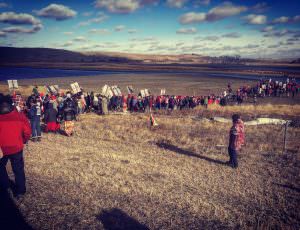
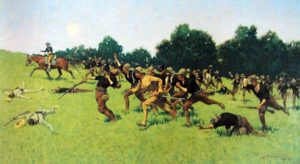
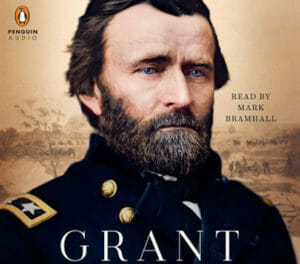
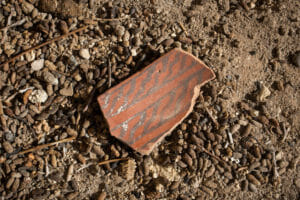
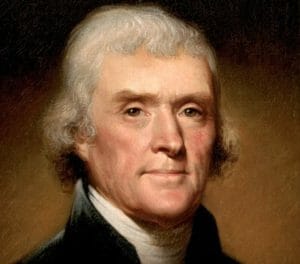
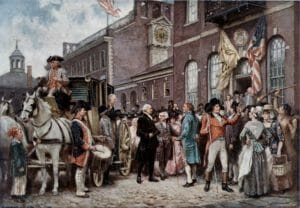
You need to be a supporter to comment.
There are currently no responses to this article.
Be the first to respond.